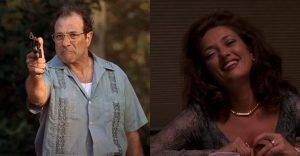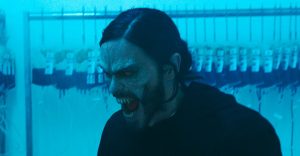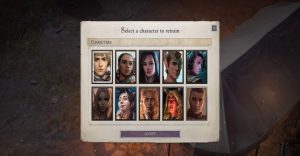10 Best Fantastic Four Artists Ever
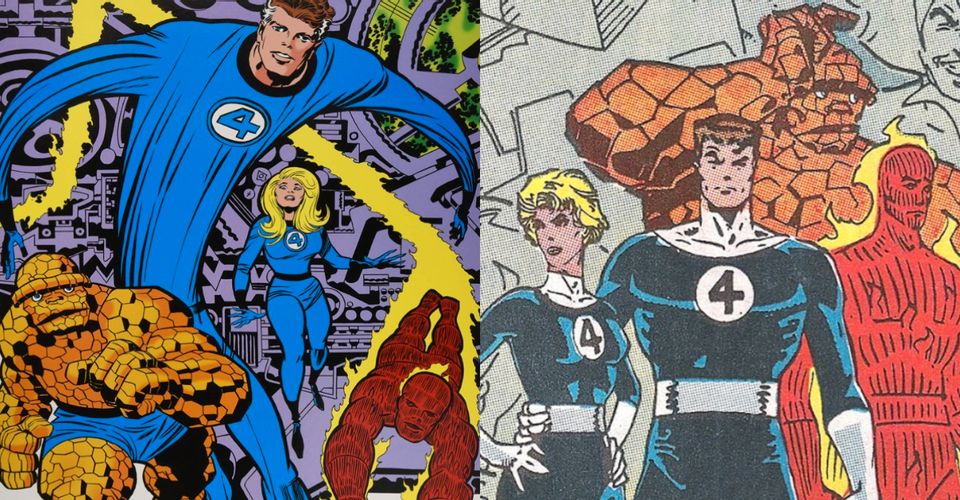
The Fantastic Four are coming to the MCU, and maybe sooner than some fans might have expected if Reed Richards is part of the MCU Illuminati in Doctor Strange In The Multiverse Of Madness as he is in the comics. The MCU version of the team is likely to draw inspiration from some of the best Fantastic Four artists ever, who defined not just the team, but in many ways the entire Marvel Universe.
The best Fantastic Four artists ever include some of the most influential artists in the history of the medium, including Jack Kirby and George Perez. There are also some artists whose contributions may have been overlooked in the sixty years the team has been active, but whose influence remains strong on the most recent adventures of the Fantastic Four in Marvel Comics.
Jim Lee
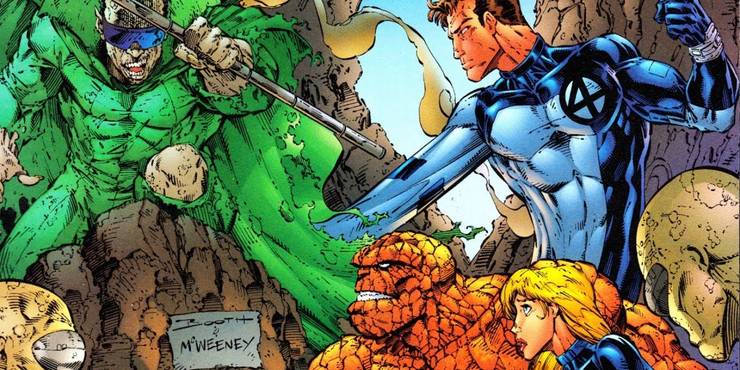
The Heroes Reborn reboot of the Fantastic Four and other major Marvel characters in the mid-90s is generally not well-remembered by fans, but there’s no arguing the quality of Jim Lee’s art on the project. His iconic detailed and dynamic style brought new energy to the team.
One of the best X-Men artists ever, Lee also updated the team’s outfits in a big way for the 90s, though what readers remember most are the heroic poses and action scenes that defined his brief run on the title before the group returned to regular Marvel Universe continuity.
Mike Allred

Mike Allred brought his signature style to the Fantastic Four during one of their most idiosyncratic periods in the 2000s. His quirky art style harkens back in many ways to the clean and simple linework of the 50s and 60s, making him perfect for the Fantastic Four.
But Allred also brings an animated and fresh energy to his work, giving fans a completely different experience as he rendered a new incarnation of the Fantastic Four that included Ant-Man and Medusa among others.
Mike Wieringo

Mike Wieringo also has a slightly cartoony style compared to the traditional Marvel look from the past, but his art brought even more energy to the team. He drew some of the best Fantastic Four comics of the 2000s, during a definitive run with writer Mark Waid.
Mike Wieringo’s style incorporates some elements of manga, which had become highly successful in the 90s, and during his run on the book, the artist moved the team forward and also paid tribute to the past with a lovely tribute to Jack Kirby.
Art Adams
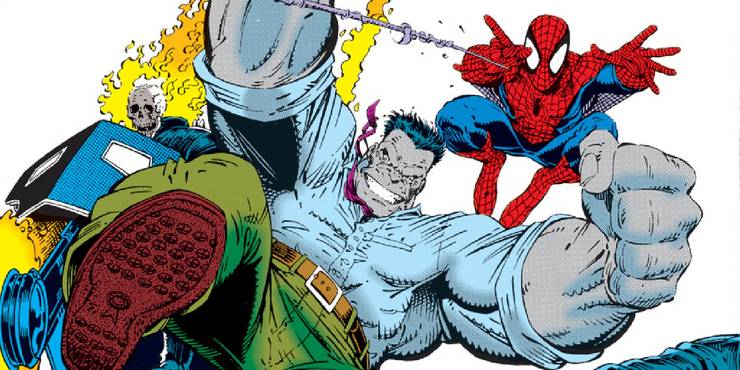
Art Adams never had a sustained run on the Fantastic Four, but his super detailed and energetic art delivered some of the most iconic moments from the early 90s. Adams illustrated the two-part story where Spider-Man, Wolverine, Hulk, and Ghost Rider form a new Fantastic Four.
Adams’ dynamic art leaps off the page even as it demands a lot of close scrutiny from fans thanks to its intricate detail in folds and wrinkles that were unusual at the time, but have since become very common in superhero comics.
Alex Ross

Alex Ross is arguably one of the greatest artists in the superhero genre ever, with a timeless style that has become synonymous with not just Marvel characters, but DC Comics as well. His Fantastic Four stands out among the rest, embodying a classic vision of the team.
His painted depictions of the team include clear homages to Jack Kirby and also his own interpretations and updated costume designs, which will likely form the basis of his upcoming graphic novel, Fantastic Four: Full Circle.
John Buscema
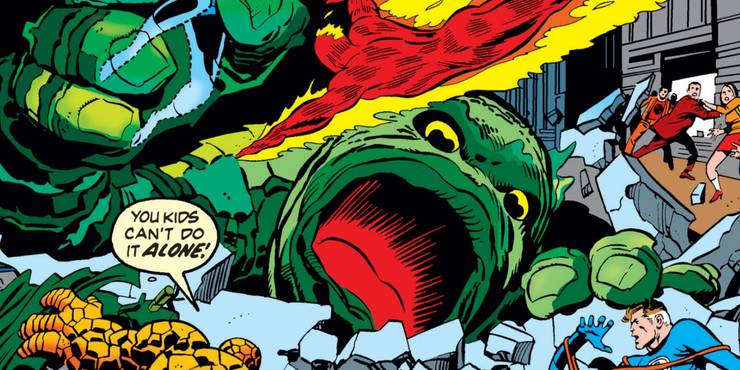
John Buscema had the unenviable task of following Jack Kirby on the Fantastic Four, but he more than lived up to the challenge. His run on the title in the late Silver Age and early Bronze echoed the past while also pushing ahead with his own tight layouts.
Buscema, who is also one of the best Avengers artists ever, gave the team a classic and in many ways timeless depiction that forms the lasting image of the Fantastic Four in the minds of many readers from this period.
George Perez

George Perez is one of the greatest artists in the history of superhero comics, with epic runs on Avengers and Teen Titans. One of his early successes came on Fantastic Four, where his super-detailed style delivered some of the most iconic George Perez panels ever.
Perez’s talent for drawing dynamic and inventive page layouts, as well as numerous characters condensed into the tight space of a comic panel, benefitted him and readers in the cosmic adventures of the Fantastic Four in the late 70s.
Walt Simonson
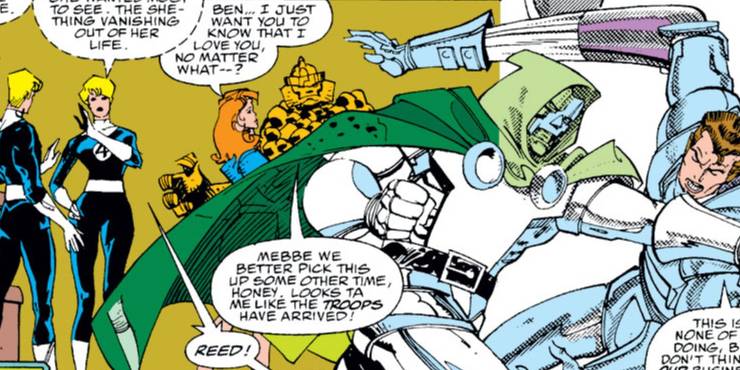
Walt Simonson literally and figuratively stretched the boundaries of the Fantastic Four. Simonson, well-known for his epic runs on The Mighty Thor and X-Factor, brought a brand-new inventiveness to his stories as writer and artist on the title in the late 80s.
In Fantastic Four #352, Simonson crafts a unique story where Reed Richards is traveling through time in the gutter of the page, ultimately being struck by Doctor Doom, who literally breaks through the panel and time halfway through the issue.
John Byrne

John Byrne is one of the most successful artists in the superhero genre, with legendary runs across many iconic titles including The Uncanny X-Men and Superman: Man of Steel. His work on the Fantastic Four revitalized the book in the 80s with his classic, clean and timeless style.
Byrne brought many changes to the book, including updated costumes as well as new members. He brought She-Hulk to the team and revisited iconic villains like Doctor Doom and Galactus, defining them for the modern era of the mid-80s.
Jack Kirby
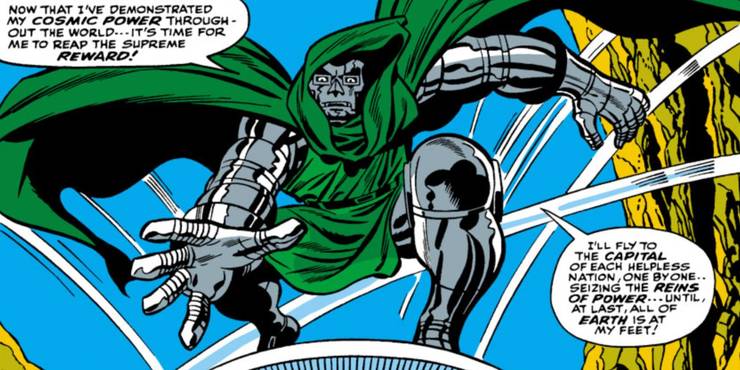
It is impossible to separate the Fantastic Four from Jack Kirby. The visual architect of the team and in many ways the entire Marvel Universe, Kirby’s art pops and crackles with life and detail, exciting readers now as it did in 1961.
Kirby defined not just the Fantastic Four but in many respects the superhero genre with his signature style. His inventiveness created iconic characters like the Silver Surfer and Galactus and influenced generations of artists and comics that followed.
About The Author











